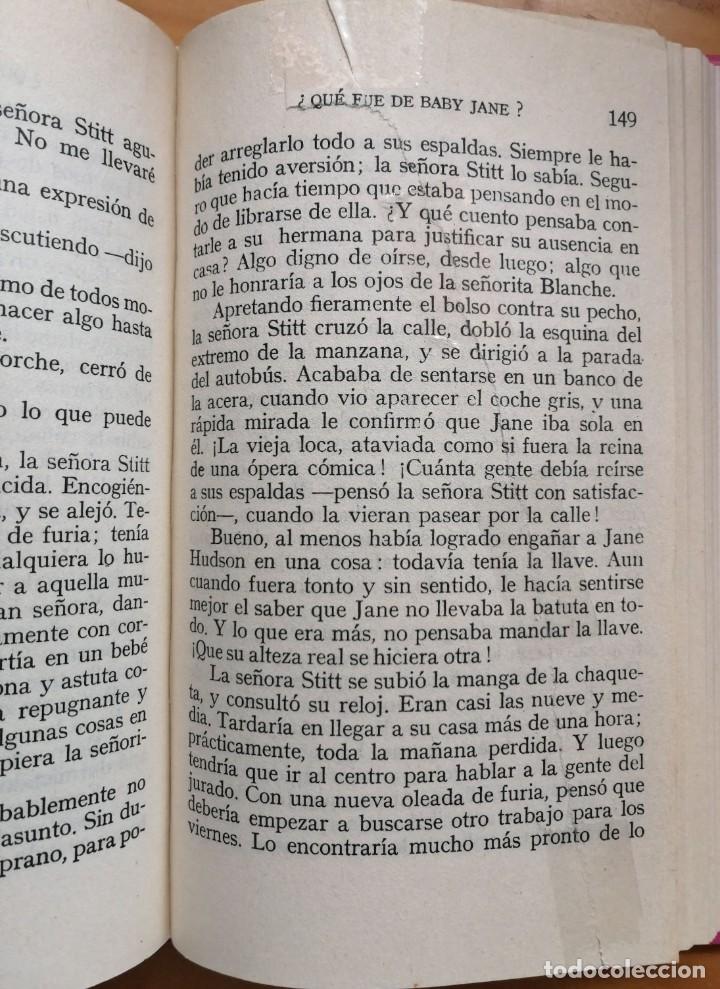
But his desire to leave his mother is not so explicit in the movie, and therefore the irony that he perceives Jane, a woman who reminds him so much of his mother, to be his ticket to freedom, is lost. Edwin Flagg, a thirty-something musician, single and still living with his mother, is faithfully drawn from the book. What gets left out of the movie are small and large details about character. It is not the minutiae of plot detail that gives the movie a different tone. Even Edwin Flagg’s ignominious fate is not reproduced in the film, but the important thing is, he is given a raison d'etre, while Mrs Bates’s role is relegated somewhat to make him more relevant. Small differences like the role of the note Blanche attempts to get to Mrs Bates – when, and then what happens to it – for instance, don’t really matter. In fact, on the whole, the plot is faithfully reproduced by the movie. There are differences in the plot, many of which make little difference to the story. I am not engaging here in a picky game of plot pedantry. For this reason, I think the movie sensationalises the story, rather than faithfully captures its essence. The movie adaptation chose to focus on the animosity between the two sisters and highlight the violence between them. This changed, however, when Blanche was injured in an accident that left her unable to walk. Blanche became a big movie star, signing a contract with the studios that assured her sister small roles in her films, but thereby unpinning the point that Jane was now dependent upon her sister’s star.

But in her time, she was instrumental to her family’s fortunes, and a source of pain for her younger sister, Blanche, forced to live in her shadow throughout childhood. Baby Jane was a child star of the vaudeville era, soon forgotten as the world became transfixed by screen stars. The movie played off the reputations of the two actors, both now in the declining years of their careers, thereby mirroring, to an extent, the situation of the characters they play in the film.


The movie, starring Bette Davis as Jane Hudson, the “baby Jane” of the title, and Joan Crawford as her sister, Blanche Hudson, was a hit in the sixties when it was released. The plot is certainly reminiscent of scenes in gothic fiction of helpless women imprisoned, much like Antonia in Lewis’s The Monk, of violence, and the depredations of human nature. This is probably accurate, given that the story has much in common with gothic horror, and that the movie chose to emphasise the more lurid aspects of the plot to the detriment of the more complex character and scene building the novel engages with. Mitch Douglas, the heir to Henry Farrell’s intellectual property, claims that What Ever Happened to Baby Jane? was a new kind of gothic horror that Farrell had given birth to the ‘’psycho-biddy movie’’.


 0 kommentar(er)
0 kommentar(er)
